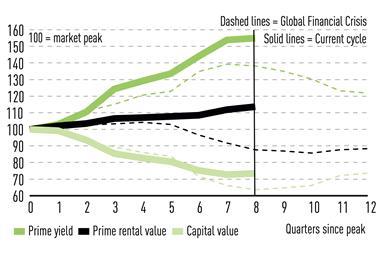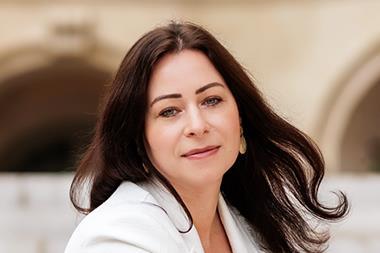Commercial-scale renewables see rising investor interest, but the influx puts pressure on anticipated financial gains, writes Eduardo Monteiro
The energy transition is coming of age and it’s obvious why, with renewable technologies maturing and their costs plummeting allowing for far greater applications in the energy mix beyond subsidy-based projects.
Renewable energy developers can now be found in every corner of the planet, far out to sea, deep underground and even in cities. Capital earmarked for renewable energy projects has ballooned in both debt and equity capital markets, although with a focus on commercial-scale developments.

Impact funds that invest in public markets have attracted more than $1trn in capital commitments from investors, according to a recent report from S&P Global. The IEA meanwhile predicts this number will double over the next few years to meet the demands of a low carbon economy.
But with maturity comes some hard truths. One of these truths is that as investors crowd into the commercial-scale renewables market, returns are inevitably being squeezed. Big investors most of all will be affected by this as they continue to seek larger and larger projects to address dry powder build-up.
The UK’s September offshore wind auction, which saw no successful bids, is an object lesson in why this is an issue for all of us. Investors rightly balked at the prices on offer believing that they were not being adequately compensated for the risk they were being asked to take. This dynamic means that large-scale projects are becoming more and more challenging to find.
The big and not-so-beautiful
Smaller scale projects (distributed generation) at end-user premises can sell the power at much higher retail tariffs. But the problem here is that the distributed generation projects are too small for institutional capital. Without a means of aggregation these projects are uninvestable for these large investors.
Historically, in more mature parts of the energy market, asset owners would have moved into the middle market in search of a more attractive yield, but this shift has yet to occur at scale in the renewable energy space.
One reason investors haven’t done this already is that there is an artificial line drawn between types of investments, that is not reflective of their risk-adjusted returns. Investors silo infrastructure investments from private equity allocations even when in essence these investments could be in an identical underlying portfolio of assets.
The middle market energy companies’ approach to the transition and the investment solutions they provide don’t sit neatly within private equity allocations, so generalist investors are failing to identify them, whereas energy specialists in the infrastructure investment space are focused on large-scale and low-yielding projects.
Dry powder problem
Finding projects that meet the requirements of asset owners is also no easy feat. While fundraising is challenging, particularly in this environment, it’s an open secret in the industry that the bigger the fund the harder it is to allocate.
Limited partners want exposure to high-growth areas and want their allocations to private markets and energy markets to be uncorrelated with their public market returns. Armed with this mandate these firms have to look for and often don’t find projects that meet this criterion.
If you think about this problem in another way, money that has been mandated to these funds that sits unallocated is money that could be used to fund other projects. Not only is this inefficient it’s also losing money for these investors and failing to address climate change.
Large projects may get all the headlines, but much of the fast progress we’ll see in renewable energy will be in the middle market where capital can be allocated quickly and efficiently.
To access this opportunity, asset owners will need to take a holistic view of what it means to be a renewable energy investor. The changing investment environment would suggest that they should act more holistically and target the best yielding opportunities rather than adopt myopic thinking about the artificial distinctions between their allocations.
Private equity companies that invest in smaller scale renewables projects are better able to take on construction risk, operational risks and act as large utilities in aggregate, with returns that compare favourably to many infrastructure funds. However, they fall through a definitional crack when investors are considering where to allocate funds.
Breaking this siloed thinking could unlock huge amounts of capital for the transition and investors don’t even need to look too far back in time to find an example of when they have done this sort of exercise in the past. Private debt, now the darling of institutional investors, at one time did not fit neatly within fixed income allocations, nor did it fit within private equity allocations leaving these investments in limbo.
By making space for this new type of investment asset owners opened a lucrative new sector the benefits of which they are now reaping- a lesson we can learn in the renewables space.


















